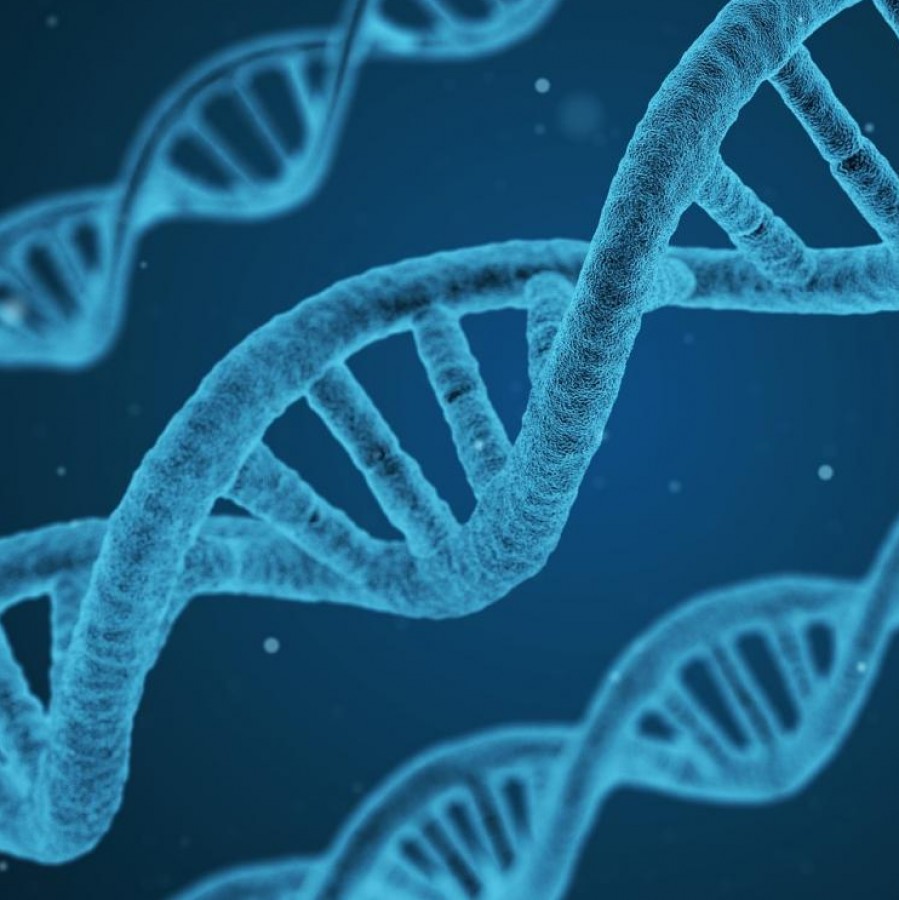CRISPR, short for CRISPR-Cas9, is a type of technology used for editing and altering DNA. It has many functions such as correcting genetic defects, preventing the spread of disease, and improving crops. CRISPR acts as an enzyme that can cut up strands of DNA.
“Clusters of regularly interspaced short palindromic repeats” is what CRISPR stands for. This means nucleotide presence repeats and spacers are present. These unique features help with bacteria immunity. Spacers from viruses the host previously had act as a memory bank; this allows the bacteria to recognize the viruses and prevent future attacks.
This was first proven in 2007 by Rodolphe Barrangou who worked at Danisco, a food ingredients company. Researchers used a bacteria commonly found in dairy products as their model. After a viral attack, the spacers were found in the CRISPR region and were identical to parts of the virus genome.
Genome editing has been around since the late 1900s. By definition, it involves changing sequences of a DNA structure, and therefore changing the messages. CRISPR technology has facilitated the process of genome editing tremendously.
At the University of Iowa, CRISPR is helping researchers investigate and mimic diseases such as cancer or eye diseases. Researchers use CRISPR almost exclusively for all projects. They pair CRISPR with mouse models to look at specific diseases and look into what happens if a gene is deleted.
Before CRISPR that question was extremely difficult to answer. Director of the Genome Editing Core at the University of Iowa, William Paradee, stated, “CRISPR has revolutionized the field.”
Researchers even can create diseases in lab, and then use CRISPR to repair the disease. When asked what researchers can do with CRISPR, Paradee responded, “What can’t you do?”
In the past, researchers would have to inject an embryo with the edited gene, and then place the embryo in a surrogate mother. Researchers then would wait for the mother to give birth, and then start their search to see how the edited gene affected the host.
This kind of research, pre-CRISPR, would take a year or longer just to get basic data. With CRISPR, the time drastically decreases. It allows researchers to bypass the embryo and surrogate mother.
“If a student is going into science, they should know about CRISPR and what it has done for scientific research,” Paradee said. “This is the kind of technology that only comes around every 10 to 20 years.”
While CRISPR is not a cure, it has created some templates for some. Based on the research and data gathered, scientists can create treatment for certain diseases. For example, Paradee described some studies that are researching a family of proteins that express themselves in different forms throughout life. CRISPR is able to identify the proteins and how they change throughout the host’s life. It can also look at how the mutating protein effects the host.
CRISPR is even present in our own classrooms. Brant Clausen teaches Honors Biology at Pleasant Valley High School. “We have a biotech unit in Honors Biology and one of the technologies we look at is CRISPR,” Clausen said. “It’s not in the textbooks because it is a new discovery. And there’s still research being done about it.”
“Everyone has genetic mutations,” Clausen said. “There are about 20 genetic mutations per person. Some just show up earlier in life than others.” With CRISPR, the mutations could be identified and potentially treated before it ever mandated in something like a cancer.
“It is going to raise questions going forward about genetic modifications in people because it is so much more precise,” Craig Parker, another Pleasant Valley Honors Biology teacher, said. “It brings that day even closer to when we’ll have to start making some tough ethical decisions about what type of changes do we allow people to make.”
Despite the eventual ethical decisions, both Clausen and Parker agree that the precision that CRISPR has to contribute to treating genetic mutations is revolutionary. “It raises questions about genetic modification,” Clausen said. “But it holds the greatest promise for cures for genetic diseases.”

















Tom Tephly • Oct 31, 2018 at 11:01 am
great and “crisp” article!